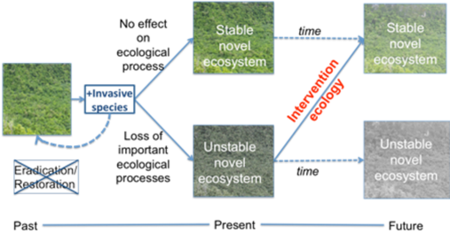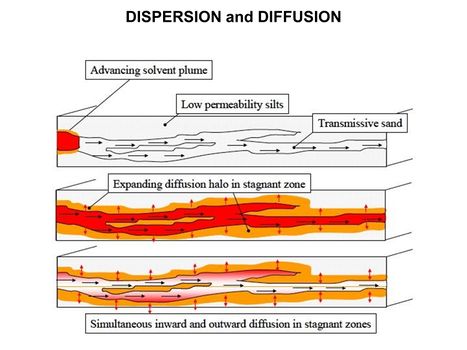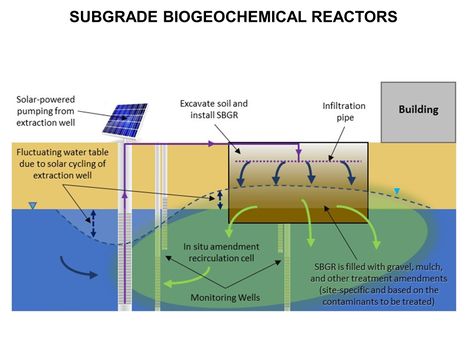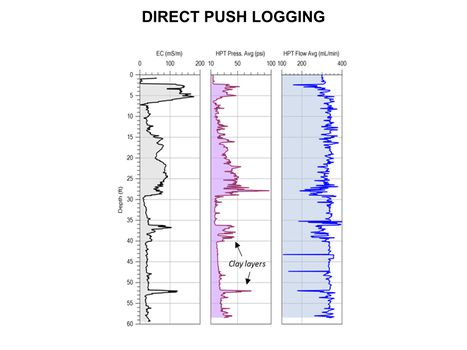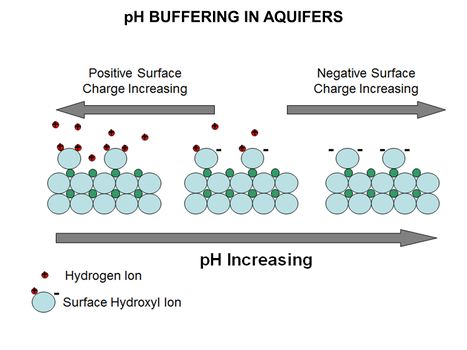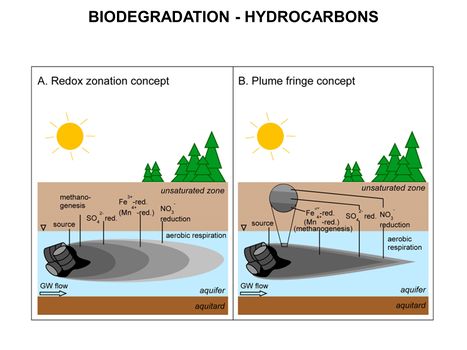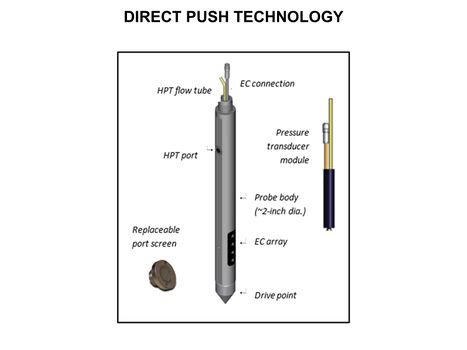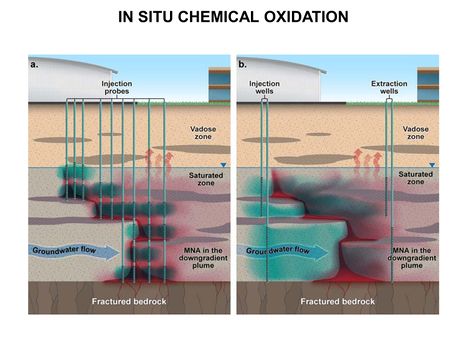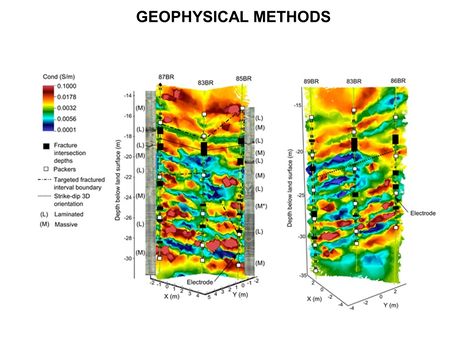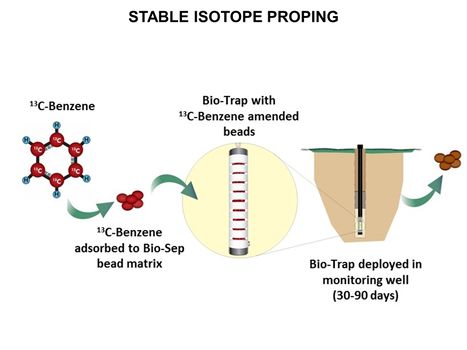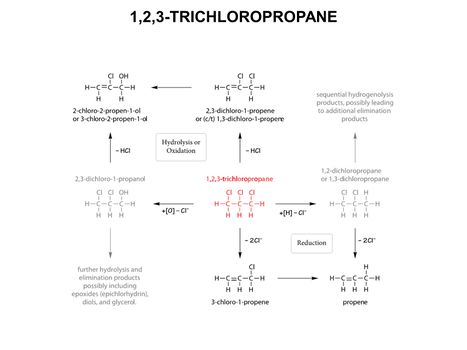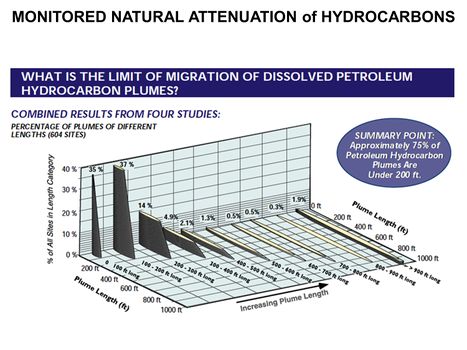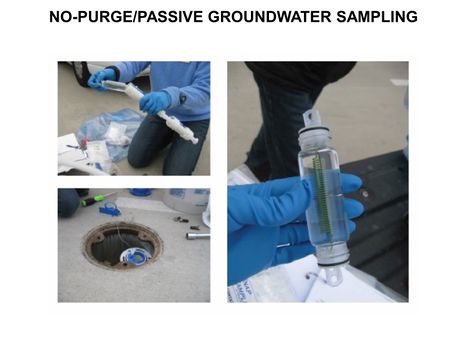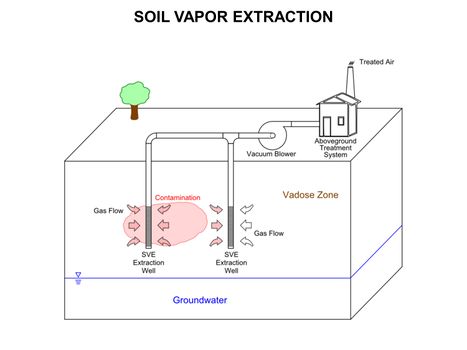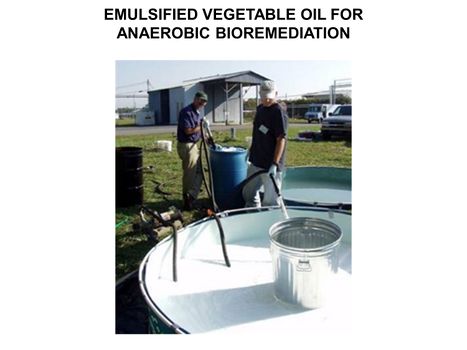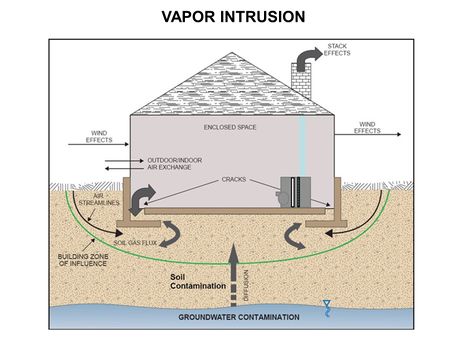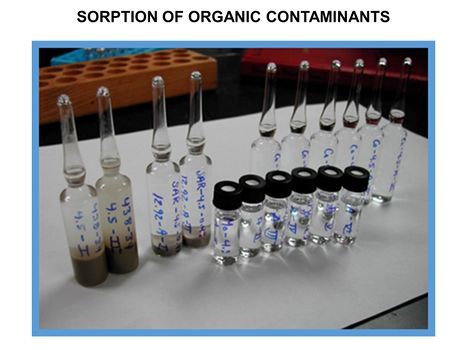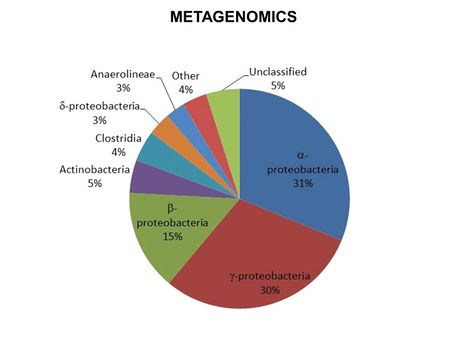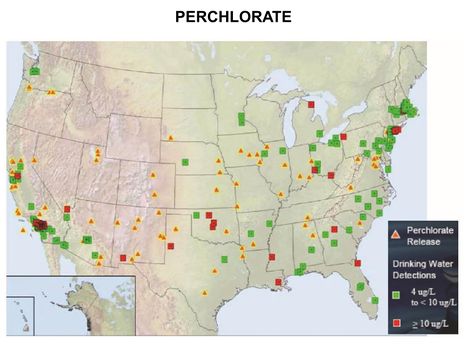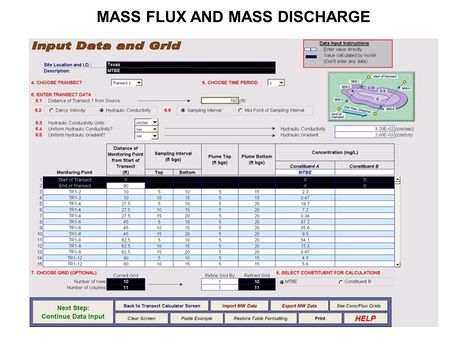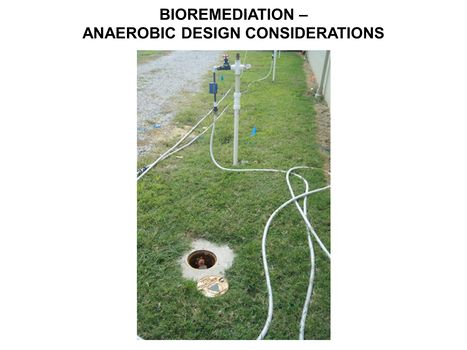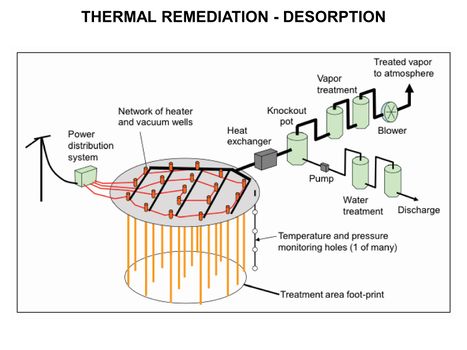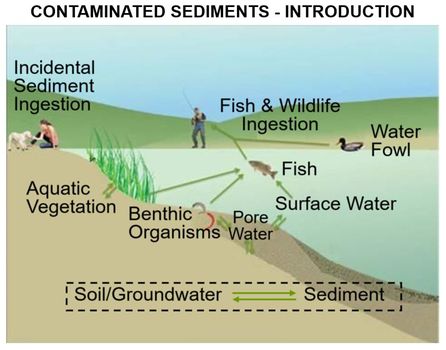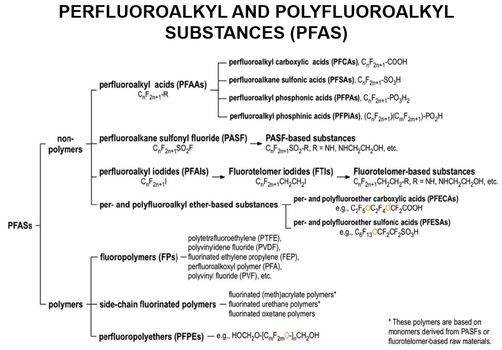Difference between revisions of "Main Page"
m |
|||
| (11 intermediate revisions by 2 users not shown) | |||
| Line 18: | Line 18: | ||
<!-- TODAY'S FEATURED ARTICLE --> | <!-- TODAY'S FEATURED ARTICLE --> | ||
| id="mp-left" class="MainPageBG" style="width:55%; padding:0; vertical-align:top; color:#000;" | | | id="mp-left" class="MainPageBG" style="width:55%; padding:0; vertical-align:top; color:#000;" | | ||
| − | <h2 id="mp-tfa-h2" style="margin:0.5em; background:#cef2e0; font-family:inherit; font-size:120%; font-weight:bold; border:1px solid #a3bfb1; color:#000; padding:0.2em 0.4em;"> Featured article: | + | <h2 id="mp-tfa-h2" style="margin:0.5em; background:#cef2e0; font-family:inherit; font-size:120%; font-weight:bold; border:1px solid #a3bfb1; color:#000; padding:0.2em 0.4em;"> Featured article: Restoration of Ecological Function in Terrestrial Systems Impacted by Invasive Species</h2> |
| − | <div id="mp-tfa" style="padding:0.0em 1.0em;">[[File: | + | <div id="mp-tfa" style="padding:0.0em 1.0em;">[[File:ThierryFig1.png|450px|left|link=Restoration of Ecological Function in Terrestrial Systems Impacted by Invasive Species]]<dailyfeaturedpage></dailyfeaturedpage> |
| − | [[ | + | [[Restoration of Ecological Function in Terrestrial Systems Impacted by Invasive Species|(Full article...)]] </div> |
| style="border:1px solid transparent;" | | | style="border:1px solid transparent;" | | ||
| Line 103: | Line 103: | ||
<u>'''[[Climate Change Primer | Climate Change]]'''</u> | <u>'''[[Climate Change Primer | Climate Change]]'''</u> | ||
| + | *[[Climate Change Effects on Wildlife]] | ||
*[[Downscaled High Resolution Datasets for Climate Change Projections]] | *[[Downscaled High Resolution Datasets for Climate Change Projections]] | ||
*[[Infrastructure Resilience]] | *[[Infrastructure Resilience]] | ||
*[[Predicting Species Responses to Climate Change with Population Models]] | *[[Predicting Species Responses to Climate Change with Population Models]] | ||
| + | *[[Restoration of Ecological Function in Terrestrial Systems Impacted by Invasive Species]] | ||
<u>'''[[Coastal and Estuarine Ecology]]'''</u> | <u>'''[[Coastal and Estuarine Ecology]]'''</u> | ||
| Line 144: | Line 146: | ||
*[[Monitored Natural Attenuation (MNA) of Chlorinated Solvents| MNA of Chlorinated Solvents]] | *[[Monitored Natural Attenuation (MNA) of Chlorinated Solvents| MNA of Chlorinated Solvents]] | ||
| + | *[[Monitored Natural Attenuation (MNA) of Fuels| MNA of Fuels]] | ||
*[[Monitored Natural Attenuation (MNA) of Metal and Metalloids| MNA of Metals and Metalloids]] | *[[Monitored Natural Attenuation (MNA) of Metal and Metalloids| MNA of Metals and Metalloids]] | ||
| − | |||
*[[Natural Source Zone Depletion (NSZD)]] | *[[Natural Source Zone Depletion (NSZD)]] | ||
*[[Monitored Natural Attenuation - Transitioning from Active Remedies| Transitioning from Active Remedies]] | *[[Monitored Natural Attenuation - Transitioning from Active Remedies| Transitioning from Active Remedies]] | ||
| Line 199: | Line 201: | ||
<u>'''[[Soil & Groundwater Contaminants]]'''</u> | <u>'''[[Soil & Groundwater Contaminants]]'''</u> | ||
| + | *[[1,2,3-Trichloropropane]] | ||
*[[1,4-Dioxane]] | *[[1,4-Dioxane]] | ||
*[[Chlorinated Solvents]] | *[[Chlorinated Solvents]] | ||
| Line 206: | Line 209: | ||
*[[Petroleum Hydrocarbons (PHCs)]] | *[[Petroleum Hydrocarbons (PHCs)]] | ||
*[[Polycyclic Aromatic Hydrocarbons (PAHs)]] | *[[Polycyclic Aromatic Hydrocarbons (PAHs)]] | ||
| − | |||
|} | |} | ||
|} | |} | ||
|} | |} | ||
Revision as of 19:25, 30 December 2023
Peer Reviewed. Accessible. Written By Experts |
Your Environmental Information Gateway |
| The goal of ENVIRO Wiki is to make scientific and engineering research results more accessible to environmental professionals, facilitating the permitting, design and implementation of environmental projects. Articles are written and edited by invited experts (see Contributors) to summarize current knowledge for the target audience on an array of topics, with cross-linked references to reports and technical literature. | See Table of Contents |
Featured article: Restoration of Ecological Function in Terrestrial Systems Impacted by Invasive SpeciesPer and polyfluoroalkyl substances (PFAS) contained in Class B aqueous film-forming foams (AFFFs) are known to accumulate on wetted surfaces of many fire suppression systems after decades of exposure.
Fire suppression systems with potential PFAS impacts include fire fighting vehicles that carried AFFF and fixed suppression systems in buildings containing large amounts of flammable materials such as aircraft hangars. PFAS residue on the wetted surfaces of existing infrastructure can rebound into replacement PFAS-free firefighting formulations if not removed during the transition process. Simple surface rinsing with water and low-pressure washing has been proven to be inefficient for removal of surface bound PFAS from piping and tanks that contained fluorinated AFFF.In addition to proper methods for system cleaning to remove residual PFAS, transition to PFAS-free foam may also include consideration of compliance with state and federal regulations, selection of the replacement PFAS-free firefighting formulation, a cost benefit analysis for replacement of the system components versus cleaning, and clean out verification testing. Foam transition should be completed in a manner which minimizes the volume of waste generated as well as preventing any PFAS release into the environment. Companies are developing new methods to remove self-assembled PFAS bilayers from existing fire-fighting infrastructure so that it can be successfully transitioned to PFAS-free formulations. PFAS sampling techniques used to support firefighting formulation transition activities are consistent with conventional sampling techniques used in the environmental industry, but special consideration is made regarding high concentration PFAS materials, elevated detection levels, cross-contamination potential, precursor content, and matrix interferences. The analytical method selected should be appropriate for the regulatory requirements in the site area. (Full article...) |
Enviro Wiki Highlights |

